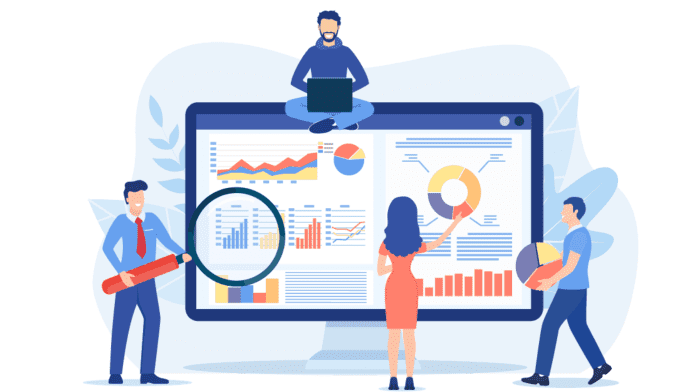In the digital age, data is the currency that fuels business decisions. With every click, purchase, and interaction, consumers leave a trail of valuable information. Leveraging advanced analytics, businesses can decode this data to gain profound insights into consumer behavior.
Every time a customer interacts with a brand—whether it’s browsing a website, making a purchase, or engaging on social media—data is generated. This data holds the keys to understanding consumer preferences, habits, and motivations. Here’s how analytics is unlocking the potential of this data goldmine:
1. Customer Segmentation
One-size-fits-all marketing is a thing of the past. Analytics enables businesses to segment their customer base into distinct groups based on demographics, behavior, and preferences. This segmentation allows for highly targeted marketing efforts.
2. Predictive Analytics
Predictive analytics uses historical data to forecast future behavior. For instance, it can predict which customers are likely to churn or which products a customer is likely to purchase next. This allows businesses to proactively address issues and seize opportunities.
3. Personalization
Data-driven personalization tailors content, recommendations, and offers to individual consumers. This level of personalization can significantly enhance the customer experience and drive conversions.
4. Behavior Analysis
Analytics tools can track and analyze user behavior on websites and apps. This data reveals insights such as which pages are most visited, how long users stay on a page, and where they drop off in the conversion funnel.
5. A/B Testing
A/B testing involves comparing two versions of a webpage or marketing campaign to see which performs better. Analytics provides the data to determine which changes lead to improved outcomes.
6. Attribution Modeling
Attribution modeling helps businesses understand the customer journey by assigning value to various touch points along the path to conversion. It clarifies which marketing channels are most effective in driving conversions.
7. Real-Time Insights
Real-time analytics provides up-to-the-minute data on customer interactions. This enables businesses to make immediate adjustments to marketing strategies or respond to customer inquiries promptly.
Benefits of Data-Driven Discovery
The advantages of data-driven discovery are substantial:
1. Informed Decision-Making
Data-driven insights empower businesses to make decisions based on evidence rather than guesswork.
2. Improved Efficiency
Targeted marketing efforts and resource allocation lead to improved efficiency and cost savings.
3. Enhanced Customer Experience
Personalized experiences resonate with customers, leading to increased loyalty and satisfaction.
4. Competitive Advantage
Brands that harness data-driven insights gain a competitive edge by staying ahead of market trends and customer preferences.
Challenges and Considerations
Despite the benefits, data-driven discovery comes with challenges:
1. Data Privacy
Collecting and using customer data raises ethical and legal considerations. Brands must prioritize data privacy and comply with regulations.
2. Data Quality
The accuracy and cleanliness of data are critical. Inaccurate or incomplete data can lead to flawed insights.
3. Talent and Technology
Effective data analysis requires skilled professionals and robust analytics tools. Businesses must invest in talent and technology to leverage data effectively.
Data-driven discovery is not a buzzword; it’s a fundamental shift in how businesses operate. By harnessing the power of analytics, brands can unravel the mysteries of consumer behavior, tailor their strategies, and create more meaningful and impactful customer experiences. As technology continues to advance, the potential for data-driven discovery is limitless. However, brands must tread carefully, ensuring that data collection and usage align with ethical standards and respect customer privacy. In this age of data abundance, the true winners are those who can transform data into actionable insights that drive growth and success.





